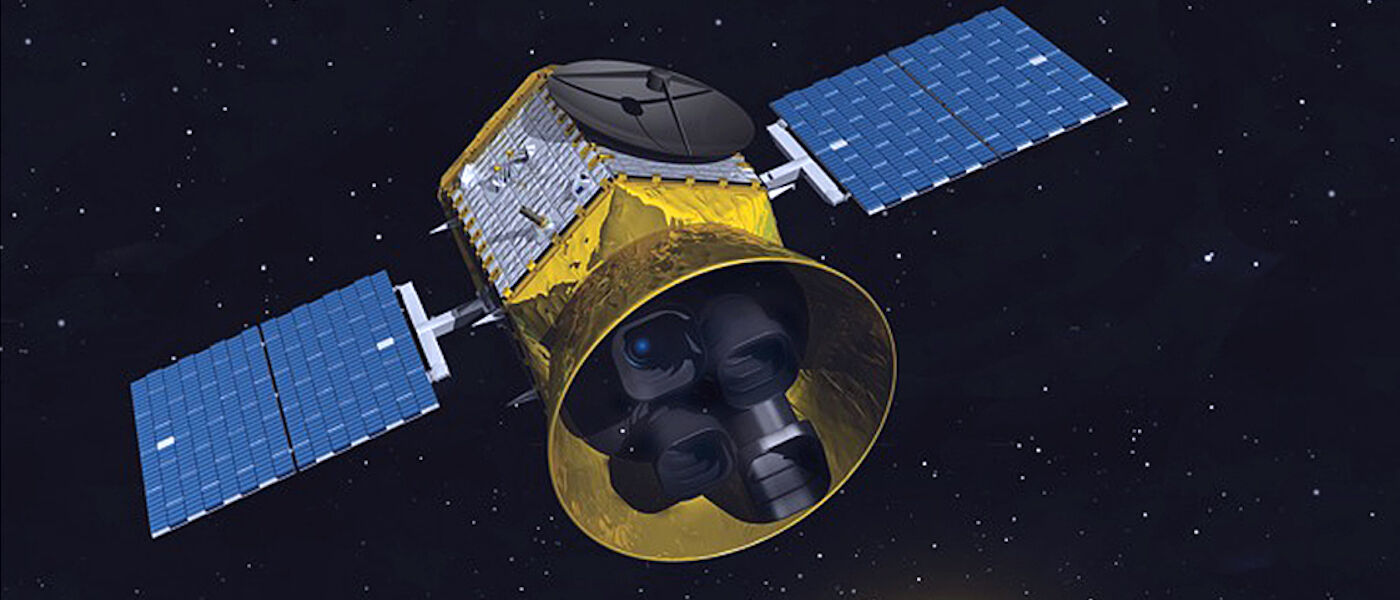NASA's TESS mission will search for planets beyond our solar system

Are we the only planet out there with life? NASA’s recent satellite, TESS (Transiting Exoplanet Survey Satellite), may help us find the answer. TESS was launched April 18, 2018 from Cape Canaveral in Florida atop SpaceX’s Falcon Heavy 9 rocket.
This isn’t the first mission to look for exoplanets (defined as planets that orbit other stars). The Kepler telescope was launched in 2009 and studied a tiny piece of the sky – about the same size as your hand covers when held at arm's length. In that small slice, Kepler discovered more than 2,000 exoplanets.
Using powerful cameras, TESS will survey almost the entire sky (400 times larger than Kepler’s field of view) and look at 200,000 bright stars near our Sun. To do so, the sky is split up into 26 different sections, and TESS will look at each section for at least 27 days.
TESS will also use the same method Kepler used to determine if any of the bright stars have planets orbiting them: the transit method. The transit method works by watching the brightness of a star. When a planet passes in front of the star, or transits, the star seems to be slightly dimmer. If this dip in brightness happens periodically, that usually means there is an exoplanet around that star.
TESS will note all the stars that have exoplanets, and other telescopes will examine the planets more closely to determine if any are Earth-like. By using the transit method, scientists can determine the size of the planet, the length of the planet’s year, and the shape of the orbit. TESS will work with other telescopes to learn more about the composition of exoplanets, and to explore whether any of them may be compatible for life.
Interested in learning more breaking space news? LSC Space News Now appears at the end of each Wonders of the Night Sky show. Click here to see our full list of shows in the Jennifer Chalsty Planetarium, the largest and most technologically advanced planetarium in the Western Hemisphere.
